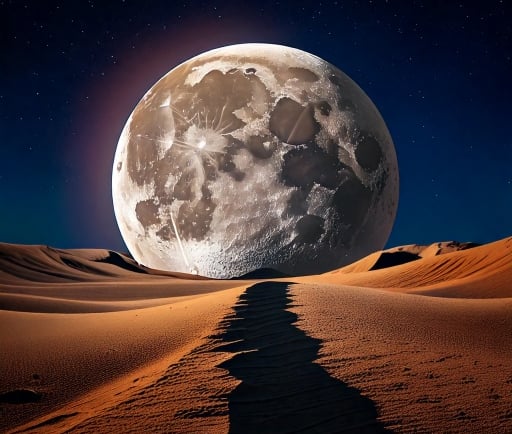The Moon's Immense Shadow: Understanding its Gravitational Influence on Earth


Introduction to Lunar Gravity
The gravitational force exerted by the Moon plays a crucial role in our planet's dynamics. On average, the Moon's gravity is approximately 1.62 m/s², which is about half of the surface gravity of Mars and one-sixth of Earth's gravity. This significant difference in gravitational pull raises interesting questions about the Moon's impact on various terrestrial phenomena.
The Effects of Lunar Gravity on Earth
The Moon's gravitational force affects not only the tides but also the atmosphere of our planet. As the Moon orbits Earth, its gravitational field induces shifts in the water levels of oceans and seas, resulting in high and low tides that can have far-reaching ecological consequences. The gravitational pull also contributes to the atmospheric dynamics, influencing weather patterns and climatic conditions over time.
The Phenomenon of Eclipses
Furthermore, the Moon has an immense shadow that plays a vital role during solar and lunar eclipses. When the Earth passes through the Moon's shadow, a solar eclipse occurs, captivating observers as the day momentarily turns to dusk. Conversely, during a lunar eclipse, Earth casts its shadow on the Moon, showcasing a stunning visual display. These events underscore the interconnectedness of celestial bodies and highlight the Moon's pivotal role in the cosmic dance that humanity has studied for millennia.
In conclusion, the Moon's gravity exerts a profound influence on Earth, significantly less than that of our planet, yet powerful enough to affect our oceans and atmosphere. Understanding its gravitational attributes enriches our knowledge of the natural world around us and affirms the importance of the Moon in the broader context of astronomical sciences.
